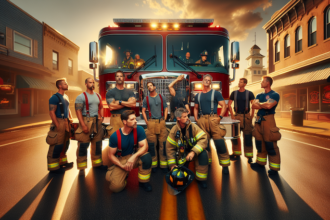How to Recognize Stroke Symptoms

Strokes are a very scary thing to happen to anyone and the most important thing for us all to remember is that the speed in which you react to someone having a stroke, is going to be critical in making sure that they come out of it in the best way possible.

Strokes are the leading cause of death in the US, with around 780,000 Americans every year suffering a stroke, a worryingly high figure. Of these 780,000, it is estimated that around 150,000 will die, and those who do survive a stroke often have their lives significantly changed.
The great news here is that early medical care at the first symptoms can greatly reduce the damage which is done to the neural pathways and the nervous system, which can help to prevent long term damage, or at least lower the level of damage that is done.
Learn to recognize the signs of a potential stroke. According to the American Stroke Association (a division of the American Heart Association), symptoms of a stroke may include:
- sudden numbness or weakness of the face, arm, or leg, especially on one side of the body
- sudden confusion, trouble speaking or understanding
- sudden trouble seeing in one or both eyes
- sudden trouble walking, dizziness, loss of balance or coordination
- sudden, severe headache with no known cause
Learn the National Stroke Association’s Act FAST (Face Arms Speech Time) test:
- FACE: Ask the person to smile. Does one side of the face droop?
- ARMS: Ask the person to raise both arms. Does one arm drift downward?
- SPEECH: Ask the person to repeat a simple phrase. Is their speech slurred or strange?
- TIME: If you observe any of these signs, call 9-1-1 immediately
The FAST approach is easy to remember and when used correctly it is something which can definitely save lives.
By knowing how to quickly evaluate the face, arms, and speech of the person in question, you can help him to get the emergency care he needs for the best possible results.
Help others assess their risk of having a stroke. Print out copies of the National Stroke Association’s “Stroke Risk Scorecard” and post them on bulletin boards at your workplace, place of worship, library, and community center.
It is important that we are all aware of what strokes are, the damage that they can cause and how to spot one early, in order to minimize the damage which is done. Using awareness and speaking with friends and family we can help to educate everyone on strokes and how to spot when someone is going through this experience. Educate yourself, speak with others and always remember the FAST mantra, as it is something which can save lives.

